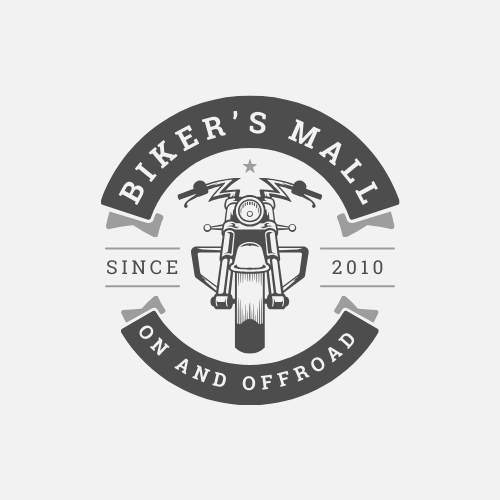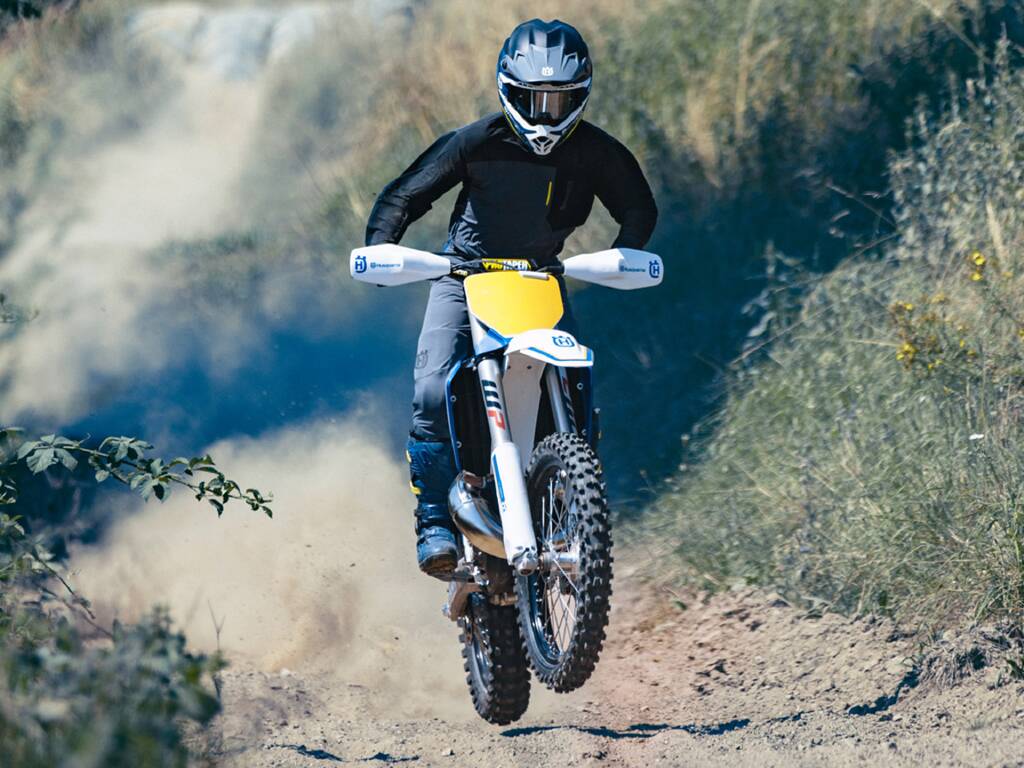AUTOMOBILES
CHOOSING THE RIGHT BIKE FOR YOURS
CHOOSING THE RIGHT BIKE
CHOOSING THE RIGHT BIKE is essential for a safe and enjoyable riding experience. Choosing a bike that is too large or too small can lead to discomfort and increase the risk of accidents.
How to Determine the Perfect Fit
The right size dirt bike depends on several factors, including your height, weight, and level of riding experience. A well-fitted bike should feel like an extension of yourself, allowing you to comfortably reach the ground and maintain control. Additionally, consider the bike’s power; more power isn’t always better, especially for beginners. This guide aims to help you find the ideal size for a rewarding riding experience.
Introduction to Dirt Bikes
Riding dirt bikes is an exhilarating way to explore and enjoy the outdoors. However, selecting the right size is crucial for a fun and safe adventure. This guide will explain why size matters and how it affects your riding experience.
The Importance of Size
Size directly impacts your control and comfort on the bike. A bike that is not the correct size can lead to poor handling and a less enjoyable ride. Proper sizing also boosts confidence, particularly for those new to riding.
Common Sizing Mistakes
Many new riders often choose bikes based on appearance rather than suitability. Others might select a bike based solely on price, overlooking the importance of matching the bike to the rider’s physical characteristics. Always prioritize fitting the bike to the rider’s height and weight.
Types of Dirt Bikes
Understanding the different types of dirt bikes can help you choose the right size. Each type is suited for various terrains and riding styles:
Motocross Bikes: Designed for racing on closed courses, these lightweight bikes have powerful engines for jumps and sharp turns. They typically lack street-legal features and require regular maintenance.
Trail Bikes: User-friendly and versatile, trail bikes are built for off-road riding and can handle rough paths. They usually offer a more comfortable ride suitable for beginners.
Enduro Bikes: Combining features of both motocross and trail bikes, enduro bikes are made for long-distance off-road riding. They are durable and ideal for varied terrains.
Assessing Rider Skill Level
Selecting the right size dirt bike also involves evaluating your skill level. Here’s a breakdown for different rider categories:
Beginners: New riders should opt for bikes with smaller engines (50cc to 125cc) that are lighter and easier to control. Automatic or semi-automatic transmission is recommended to ease the learning process.
Intermediate Riders: Those with some experience should look for bikes in the 125cc to 250cc range, offering more power and versatility. Manual transmissions can help develop gear control skills.
Advanced Riders: Experienced riders often require larger engines (250cc to 450cc or more) for high performance, especially on challenging terrains.
Understanding Bike Dimensions
To select the right size dirt bike, it’s important to understand key dimensions:
Seat Height: The height from the ground to the seat should allow the rider to comfortably touch the ground with both feet for stability.
Wheel Size: Smaller wheels (16-18 inches) are usually better for beginners, while larger wheels (19-21 inches) provide better traction for experienced riders.
Weight: The bike’s weight affects control and maneuverability. A lighter bike is easier to handle, especially for new riders.
Matching Bike to Rider’s Height
Matching the bike to the rider’s height is crucial for comfort and control. Height charts can provide guidance on selecting the right bike size. Always try sitting on the bike to ensure a good fit.
Considering Rider’s Weight
A rider’s weight is another important factor in selecting a dirt bike. The bike’s suspension must support the rider’s weight effectively, as heavier riders may need stiffer suspensions for better performance.
Evaluating Riding Style
Your riding style also influences the choice of bike size:
Casual Riding: For leisurely rides on trails or open areas, a smaller bike that allows easy ground reach is ideal.
Competitive Racing: For racing, speed and agility are paramount. A bike with a higher engine displacement is necessary for handling rough tracks.
Budget Considerations
Budget is a significant factor in choosing a dirt bike. Assess whether to buy new or used, as this decision impacts initial costs and long-term expenses.
New vs. Used Bikes: New bikes come with warranties and the latest features but are more expensive. Used bikes are less costly upfront but may need more maintenance.
Long-term Costs: Consider expenses like fuel, maintenance, insurance, and safety gear. Regular maintenance is crucial to avoid costly repairs down the line.
Importance of Safety Gear
Investing in quality safety gear is essential for protection while riding. Key items include:
Helmets: A properly fitting helmet is critical for head safety. Look for certified options.
Body Armor: Protects against impacts and includes chest protectors and knee guards.
Footwear: Sturdy dirt bike boots provide ankle support and foot protection.
Final Decision Making
As you finalize your choice, consider consulting with experts at dealerships and online forums. Test rides are essential to ensure the bike feels right for your height and build.
Making the Purchase
Once you’ve gathered all information, visit multiple dealerships to compare options. Test rides are crucial to confirm the bike’s fit and condition. Ensure the dealer provides a warranty and review their return policy for added peace of mind.
This guide should help you navigate the process of selecting the right dirt bike size, ensuring a safe and enjoyable riding experience.


